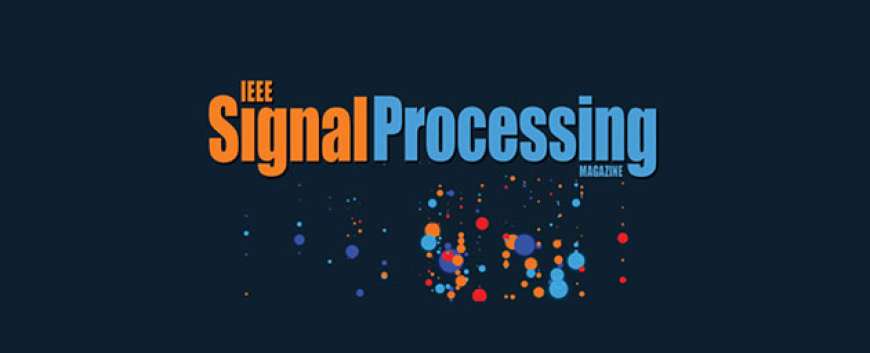IEEE SPM Special Issue on the Mathematics of Deep Learning
White Paper Due: 1 November 2024
Publication: November 2025
Deep learning developments have made a tremendous impact on longstanding problems relevant to Signal Processing Magazine, such as computer vision, text, and audio processing. In turn, signal processing has been present at many points in the history of deep learning, starting from the conception of the Artificial Neural Network as a signaling architecture modeling the signaling of the brain. Deep artificial neural networks have been developed with a wide variety of objective functions for different applications and data types, architectures, and methods for optimization, however breakthroughs are nearly always heuristic novel architectures and optimization schemes for which we do not have a deep mathematical understanding. The Mathematics of Deep Learning (MoDL) seeks to ameliorate this issue, providing engineering design principles so that we can allow deep neural networks to become a more general purpose tool with better understood transferability between applications.
Recent progress in MoDL has revealed fundamental connections to signal processing theory and allowed us to understand a wide variety of important deep learning concepts, including signal approximation and representation capability of DNNs, algorithmic behavior when training the nonconvex objectives that arise, geometric properties of DNNs, among others. With mathematical advances in these areas, we have a hope to build a principled understanding of deep learning that will allow for this tool to be used more broadly, more efficiently, and with greater effect In this special issue we wish to simultaneously highlight the connections with signal processing and educate the signal processing community on recent progress in the mathematics of deep learning.
We therefore call for white papers proposing Signal Processing Magazine articles in a special issue focused on the mathematical connections between signal processing and deep learning. We emphasize our focus on the mathematics of deep learning, which may include theory, connections to mathematical fields, and mathematical principles behind algorithmic derivations, in addition to other mathematical themes. At the same time we emphasize that Signal Processing Magazine is a place for tutorial-style articles that will educate a new generation of signal processing researchers, including connections to signal processing literature both recent and historical. We will therefore carefully judge whether white papers have laid out a clear path for surveying an area of mathematical research while maintaining an accessible and educational style in the exposition.
Topics of Interest includes but are not limited to:
- Signal approximation - representational capabilities, low-rank structures, implicit neural functions
- Architectures - deep networks, transformers, overparameterization
- Algorithms - optimization methods, training dynamics, implicit regularization, convex formulations
- Regularization - explicit and implicit regularization, sparsity, loss landscapes
- Generative Models - diffusion models, natural language models, optimal transport, flow matching
- Probabilistic Models - connections to Markov random fields, statistical physics, variational autoencoders
- Geometry - connections to manifolds, non-Euclidean networks, neural collapse, robustness and stability
- Applications - mathematics of deep learning in speech, audio, image, video processing, inverse problems
White papers (max. 4 pages including proposed title, motivation, and significance of the topic, outline of full paper, representative references; author list with contact information and short bios should be appended) are required. Full articles are invited based on the review of white papers. Submitted articles must be of tutorial/overview/survey nature, accessible to a broad audience despite having a mathematical focus, with clear attention to relevance to Signal Processing magazine. All submissions are peer-reviewed according to the IEEE Signal Processing Magazine guidelines. Submitted manuscripts should not have been published previously nor be under consideration for publication elsewhere.
Manuscripts should be submitted online. Please follow the guidelines on the SP Magazine Information for Authors page.
Important Dates
- White Paper due: 1 November 2024
- Invitation notification: 1 December 2024
- Full length manuscripts due: 1 February 2025
- First review to authors: 1 April 2025
- Revised due: 1 June 2025
- Final decision: 1 August 2025
- Final package: 1 September 2025
Guest Editors
- Laura Balzano, University of Michigan
- Joan Bruna Estrach, Courant Institute, New York University
- Gitta Kutyniok, Ludwig-Maximilians-Universit¨at M¨unchen
- Robert Nowak, University of Wisconsin -Madison
- Jong Chul Ye, Korea Advanced Institute of Science and Technology
Please contact Guest Editors for any initial questions concerning this Special Issue.













